POV: You’ve just left (insert favorite beauty retailer) with a fresh new lipstick in your go-to shade, and you swipe it on in the rearview mirror before even leaving the parking lot. It’s a simple indulgence that many people take for granted, but being able to see the packaging, open the cap, grasp the tube, and even successfully make your way through the store (or navigate the e-commerce site) is a privilege.
While beauty as a whole has undergone a revolution in recent years (expansions of shade ranges, more shelf space for brands owned by people of color, and better representation in marketing), people with disabilities have been largely left out of the conversation. “Years of cultural stigma has associated disability with ‘ugly’ things like sickness, death, or disfigurement, while the beauty industry, in selling a product, aims to be aspirational to make something desirable,” says Xian Horn, a disability advocate, diversity and inclusion specialist, and founder of Give Beauty Wings, a nonprofit self-esteem program for people with disabilities. But fortunately, change is in the air. More brands—both small and big—are designing products for a wider swath of bodies and examining how we can all be better consumers.
Truth: Most Products Are Not Designed for Everyone…
Case in point: People with disabilities affecting their arms, hands, or even head or neck typically have difficulty applying makeup and skin care, something brands could consider more when developing products, says Veronica Lorenz, a makeup artist (and former professional figure skater and cofounder of the Beautyblender makeup applicator) who survived a benign spinal cord tumor that caused her to lose dexterity in both hands.
An action like twisting off a cap or turning the bottom of an applicator to push up product poses a significant challenge. Drawing on eyeliner evenly is an art form to begin with, but it’s even more of a challenge for people with a motor disability, as Lorenz discovered. And, of course, it’s not just putting on makeup that’s arduous—swiping on deodorant or moisturizer or applying sunscreen (Lorenz dabs it on with a fluffy sponge because it’s nearly impossible for her to hold and press a spray) can be problematic.
Visual impairments also inhibit people from simple, enjoyable experiences. “Many blind people wear makeup—they still want to look cute and are cautious about how they look in public,” says Natalie Trevonne-Gross, a model, actress, podcast cohost, and accessibility consultant for fashion and beauty brands, who also happens to be blind.
And if you can’t, say, identify whether you’re using a day cream or a night cream, or aren’t able to watch a brand’s visual makeup tutorial, you won’t necessarily get the maximum benefit of the product.
…So the Change Makers Stepped In
It’s no surprise that many of the effective solutions so far have come from people who have an intimately personal experience with disability. When Lorenz started really struggling with applying her signature eyeliner on clients after a number of debilitating spinal cord surgeries to remove her tumors, she knew her makeup artist days were likely numbered. “The last surgery I had was really aggressive, and I lost the feeling in both arms and hands. I could kind of feel the writing on the wall—[I thought,] How am I going to be able to do eyeliner?” she says. Then inspiration struck.
While Lorenz was working as a makeup artist on set, she saw stamps in an art store. That’s when she decided to create The Vamp Stamp, an eyeliner stamp pen that inks the perfect symmetrical cat eye, even if you can’t grip an eyeliner pencil or steady your hand.
Terri Bryant, a makeup artist and founder of Guide Beauty, a line of adaptive eyeliner, mascara, and brow applicator tools, noticed similar challenges in achieving certain looks on her clients after her diagnosis with Parkinson’s. It’s what pushed her to build the brand, which took more than two years to complete its research and test more than 100 iterations of its award-winning eyeliner tool on more than 200 users before releasing the easy-to-use, ergonomic mascara, brow, and eyeliner products. “Our mission is beauty for all,” Bryant says, clarifying that the products are really designed for the largest possible range
of people, with varying abilities, to be able to use successfully.
Sometimes it’s a combination of consumer input plus company intent that fuels the change. After running weekly makeup workshops for people with disabilities or those going through gender transition or cancer treatment, U.K.–based brand Kohl Kreatives decided to become even more inclusive and include visually impaired people in its product targets. (Its original line of brushes, the Flex Collection, has wide, grippable handles for those with a motor or neurological disability.)
“I noticed that people with low-vision issues were struggling to differentiate between brushes quickly and easily, as well as worrying about their products rolling off surfaces,” says founder Trishna Daswaney, a disability ally. Kohl Kreatives then released a line of stay-put square brushes that won’t roll off a counter and include braille stickers and numerical symbolism. An online audio guide for application also accompanies every product.
For Victoria Watts, founder of VictoriaLand Beauty, it was her son, Cyrus, who spurred a new professional focus. Her skin-care brand targeting hyperpigmentation shifted once Cyrus was born with a rare retinal disorder. Since fewer than 10 percent of people who are legally blind are literate in braille, she worked with a nonprofit serving visually impaired people to devise the CyR.U.S. (raised universal symbols) System. Now, all the VictoriaLand skin-care products have an identifiable symbol on the top, like a crescent moon for night cream, as well as a raised, scannable QR code symbol that takes you to audio with more information about the products overall. “As I watched Cyrus navigate his unsighted world every day, I was in awe of the mind-body connection and its ability to turn Cyrus’s other senses into ‘superpowers,’ particularly his sense of touch,” Watts says. “I became determined to offer visually impaired customers the same ability to experience independence and enjoy beauty as my sighted customers.”
Products With Purpose
Which Sparked an (Evolving) Drugstore Revolution…
So far, the brands taking on the most high-level innovation to serve the disability community are mostly smaller or indie ones. But a few larger brands are starting to really take charge, leading to serious potential. “I see opportunity with the bigger brands that have incredible sway—they’re the ones that we look to in terms of creating beauty standards,” says Horn.
Herbal Essences, for example, released a new design on its shampoo and conditioner bottles in 2018, thanks to Sumaira Latif, company accessibility leader at P&G. She developed a system of raised lines on the back to indicate shampoo versus conditioner, based on her own experience with visual impairment and interviews with other people.
Another brand paving the way is Degree, which is about to launch Degree Inclusive, the first deodorant made for people with upper-limb disabilities as well as visual impairments. It features a large roll-on applicator, a hooked handle for one-handed use, magnetic closures, and a braille label. It’s currently in a beta test program so that more than 200 people with disabilities can try out the prototype and offer feedback. This process, from start to finish, is an example of truly inclusive design, says Christina Mallon, head of inclusive design and accessibility at Wunderman Thompson Global, a creative agency that partnered with Unilever during the design process. Something we need more of in the beauty industry, for sure.
…And Reinforced That the Future Should Be Functional
Real talk: Inclusive design can benefit people beyond those with disabilities. Think about text-to-speech technology, which was originally designed for the disability community, Horn points out, but now iPhone users use it every day for convenience. “When you create for one community, you’re liberating many others that you may not even realize,” Horn says.
If more brands developed products with that ease of use in mind (peep some good ones at right), the beauty industry would be one step closer to helping all people feeling that surge of self-love. It’s about time, don’t ya think?
Online shopping at beauty retailers is another challenge you may not think about until you try to do something like shade-match foundation online when you have a visual impairment. But there are things sites can do to improve the experience (and net more customers!): Include alt text to describe the images, along with more detailed product descriptions so you know exactly what you’re buying and what shade it’s in. For those with visual impairments specifically, websites need to label buttons and links so that when using a screen reader, people know where they’re going on an e-commerce site, says model and consultant Trevonne-Gross. “True inclusion is when people’s abilities are included in every step of the process, and accessibility is not an afterthought,” she says. Hear, hear.
Everyday Heroes
These easy-to-use product innovations make beauty routines a little bit faster and a whole lot smoother. Yes, puh-lease!
This article appears in the October 2021 issue of Women’s Health. Become a Women’s Health+ member now.

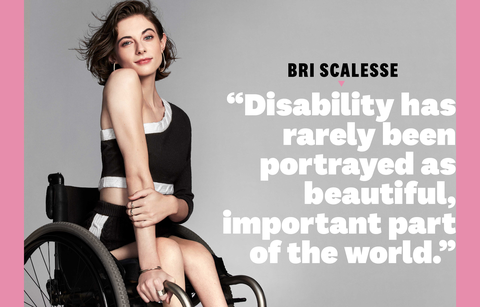

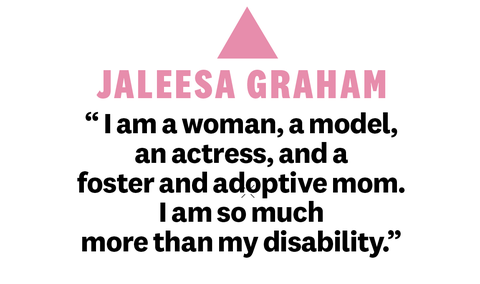



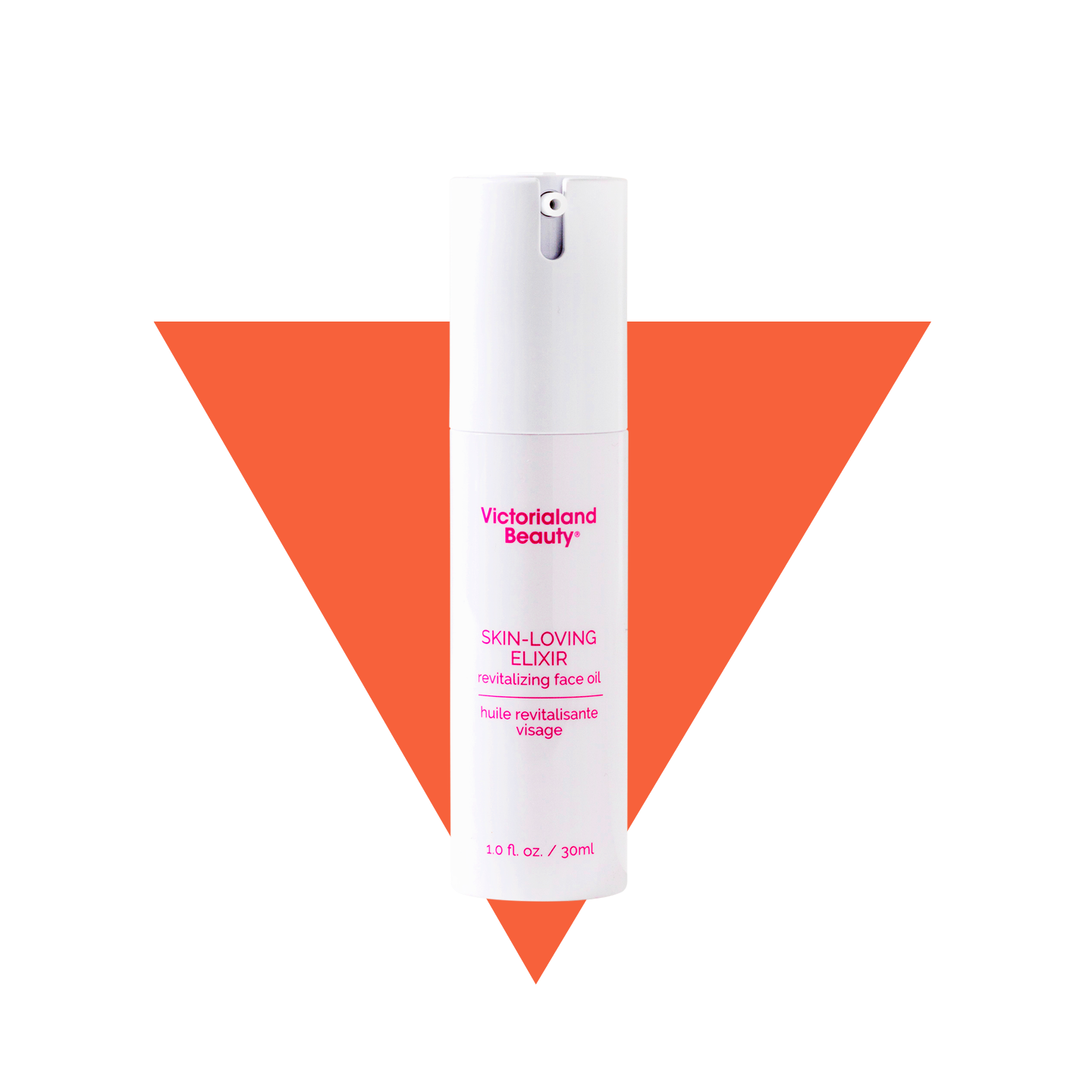
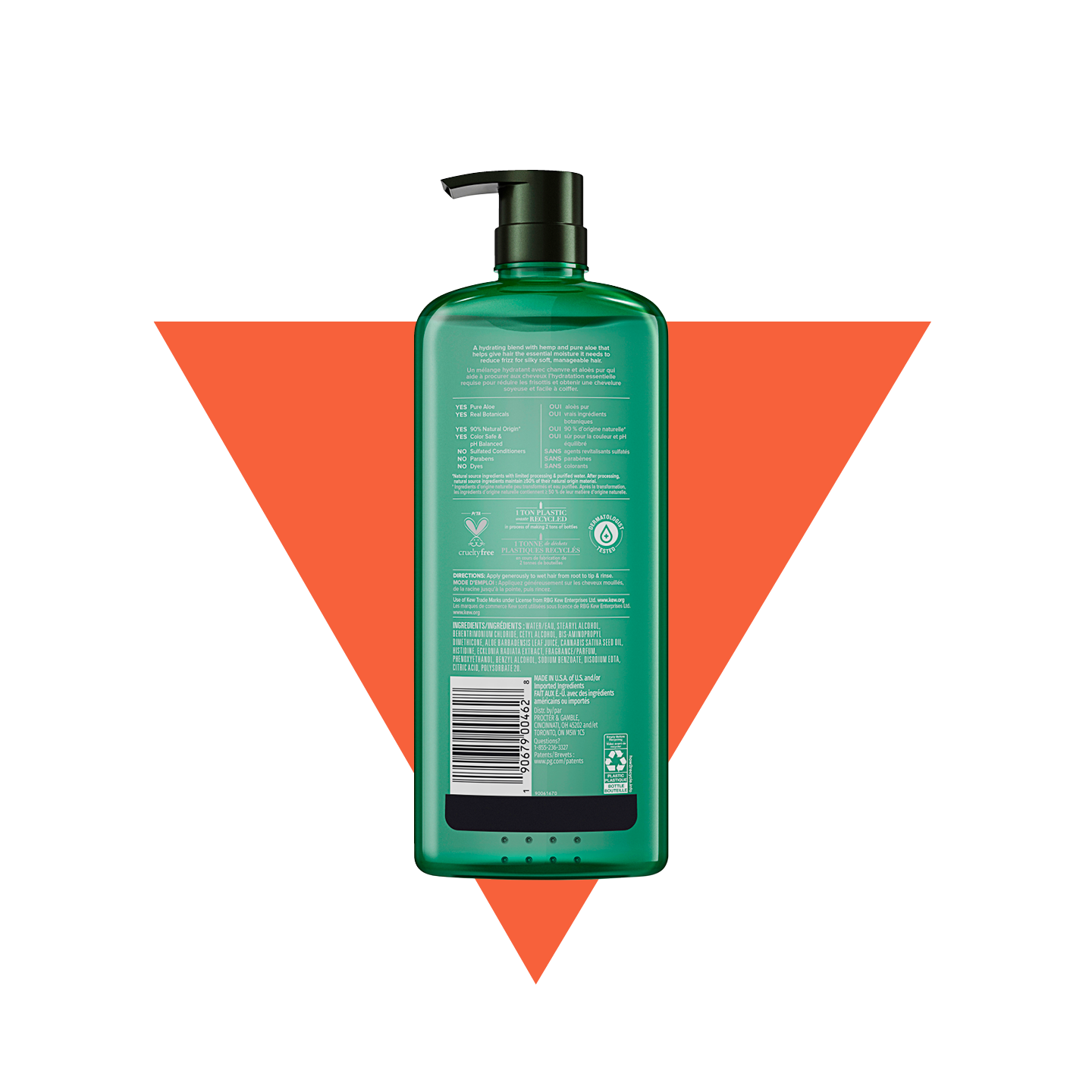
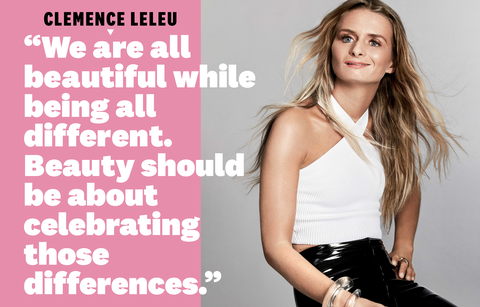
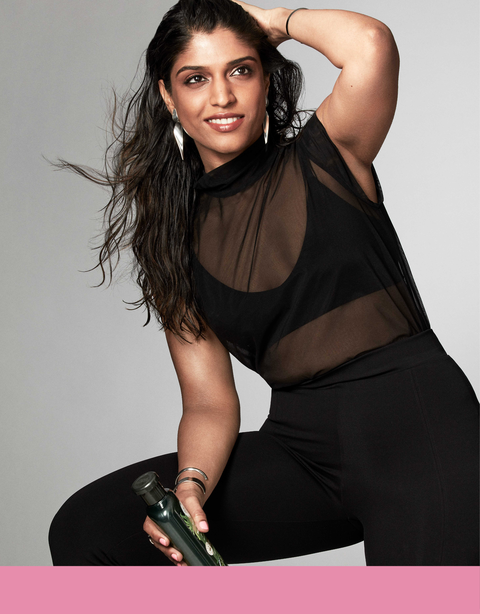
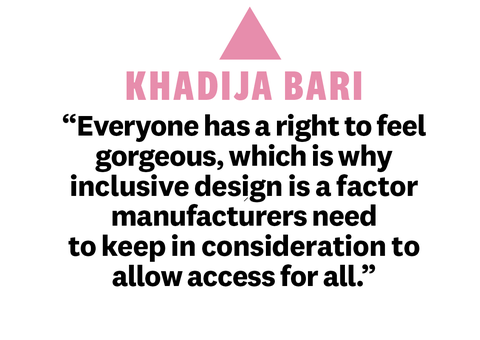




/https://specials-images.forbesimg.com/imageserve/6153844321978c177cb8398a/0x0.jpg?cropX1=124&cropX2=1233&cropY1=0&cropY2=831)